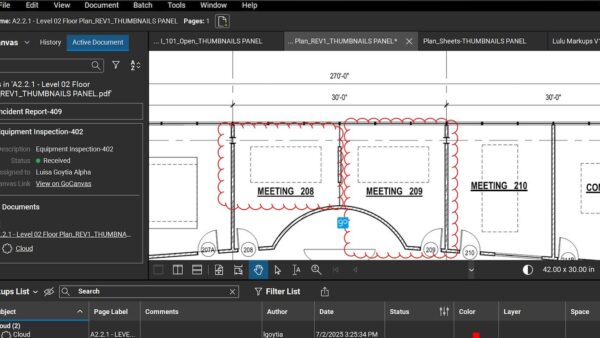Clients and their advisers need to carefully consider the contractual architecture of their BIM projects, says Sarah Rock and Ashleigh Cole, associates at Herbert Smith Freehills.
The purpose of any contract is to reflect the agreed commercial position between the parties. The “legal tail” should not wag the “commercial dog”. A BIM-enabled project is no different – but it poses some new questions about the desired commercial outcome.
The initial (and perhaps most important) question is what the client is looking to achieve by using BIM. Answers to this question range from the use of a model as simply a design collaboration or asset management tool through to a fully compliant Level 2 BIM project, or something in between.
The project’s procurement strategy brings its own BIM-specific questions, such as how BIM will fit within the intended strategy, interface issues on multi-contract projects, and risk allocation for cloud hosting.
The BIM Protocol will also need to reflect the procurement strategy and the form of contract. The only standard form BIM Protocol currently available to the market is produced by the CIC, but this has several quirks. Clients need to opt either to use this standard form (with amendments where necessary) or a bespoke protocol.
The construction industry has been built upon the use of standard forms. The form of contract to be adopted needs to be reviewed to ensure it correctly reflects the intended use of BIM on the project. This point has been addressed by the Joint Contracts Tribunal in the recent changes to its suite of contracts, which now provide for use of BIM.
BIM brings with it new roles, notably the Information Manager and the BIM Coordinator. Questions arise here around the scope of these roles, whether they should be standalone or incorporated into the services of an existing team member.
The questions raised above do not impose insurmountable barriers to the uptake of BIM, but the answers and the legal solutions to facilitate them will assist in the smooth adoption and delivery of a successful BIM-enabled project.














